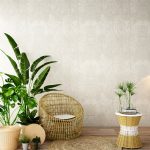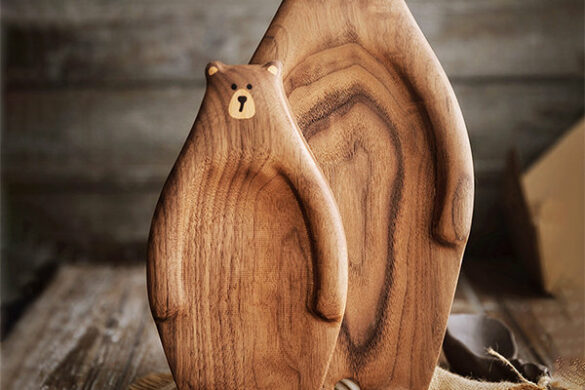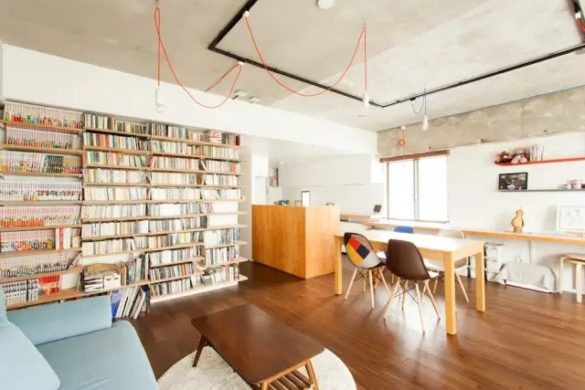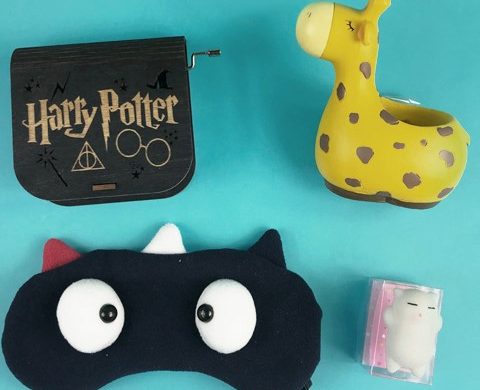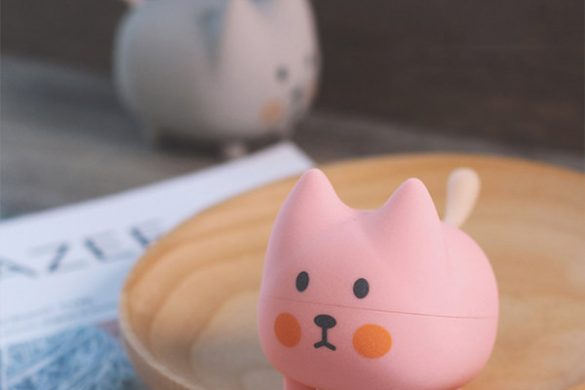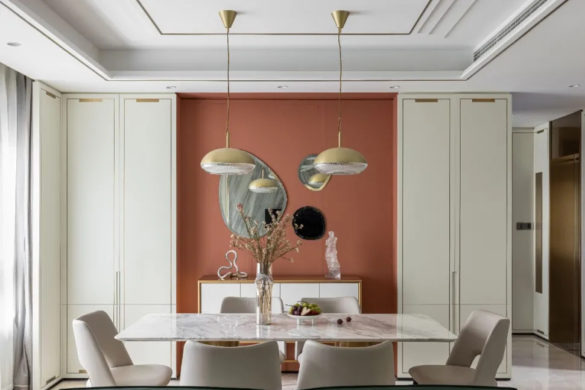
Peter Ivy, an American, came to Japan 17 years ago and lives in the rural Toyama Prefecture now. He runs a handmade glass workshop with 7 other people. His glassware combines Japanese femininity with American industrial-style toughness, which sets his work apart from others in Japan. He’s one of the most sought-after Japanese workers; sometimes you have to wait two years for your order to be completed!



Self-statement

My name is Peter Ivy. I’m originally from Texas, America and now a glass worker in Japan. I was an ordinary kid. When I graduated from high school, I didn’t think about going to college, so I worked in a car shop and later as a carpenter. I’ve tried many handicrafts, during which I realize that I like this kind of work very much. I like handicrafts, I like working with others, and I like innovation.
Therefore, I decided to go back to campus. In 1989, I quit my job and chose a course at the Rhode Island School of Design (RISD) as an auditor using the 1,000 dollars that my great-grandfather had left me. I chose glass on a whim but was immediately fascinated.


As an expressive material, glass is the closest to nothingness. Most of the time you won’t even notice this window unless it’s very dirty. Glass is not only a hidden companion in architecture but also our most familiar character.
When I was in school in America, I was more focused on using glass for artistic creation. It was not until I came to Japan did I notice the use of glass as functional containers. The first time I realized this was when I became a househusband. After I married my ex-wife, I had no job for more than a year, except cooking at home and raising our children. As a househusband, I wanted to make some jars for pasta, oatmeal, flour, etc.


After I used them, I saw how glass fits into my daily life, and why artworks cannot do so: Glass occupies a different psychological space as artworks. Glass as vessels is something you touch every day, which is an interactive aesthetic experience. Though I have goblets and colorful things on the shelves, usually when I want to drink a glass of whiskey, water, or tea, I tend to pick out the simplest thing.
Since then, I’ve shifted my focus to functional works.
The Most Romantic Idea

I think the most recognizable pieces of my works are probably the soap bubble holder. That’s a piece I made in 1995, and it may be one of my most unrealistic works. However, it has surprised everyone no matter how old they are and where they come from.
I was looking for other materials that could stimulate my interest like glass at that time. What resonated with me most was the soap bubble because it can also be blown, and is visually similar to glass. Soap bubbles are fleeting and glass is the closest to nothingness.
I wanted to make a jar for storing a soap bubble. The bubble could be stored for a few weeks at most. Though there was nothing unique about the appearance of the jar, it was interesting and a romantic idea to let the bubble stay there and protected.

My most well-known works are wire works, such as coffee jars, rice holders, and large capsule lights. I like the combination of glass and other materials a lot; it creates a combination of softness and hardness. No one else has done such glassworks in Japan at least, so they’re my most recognizable and popular works and have set my work apart originally in Japan from other people.



The color of my glass isn’t very bright, but a little bit blue and black. I prefer this reserved color to a transparent feeling. For environmental protection, I use the powder of recycled incandescent light bulbs as the raw material of glass.

Blowing Glass Is like Dancing
My studio is called Flow Laboratory because blowing glass is like dancing: Everything is flowing, and timing and rhythms are the most important.
There’re a total of 8 people in my workshop, including myself. Making glass generally requires the cooperation of two people. You don’t talk a lot. You get used to it, and things come together. If you wait too long, the pieces will break. Your partner must also understand it and you two should be in sync.

I’m a little embarrassed to call them my apprentices because I don’t have a master myself. In addition, they’re not only my apprentices but also my team. When I teach them glass blowing, I let them be instead of forcing them to understand in my way. I’m not a condescending teacher. I walk over to them to see what they’ve done, or observe them silently from a distance. Most often they don’t even know I’m watching. I also record their personalities in my mind.


An American in Japan
I’ve been in Japan for 17 years. I first came to Japan to participate in an art exhibition at the invitation. I hadn’t thought of staying in this unfamiliar place until I met my ex-wife in another project after the exhibition. That’s why I moved to Japan.
I really like the country life in Japan. Toyama is nice to be close to the ocean and has a beautiful landscape. It’s cloudy all year round, but sunny days are therefore more precious. You’ll feel great when it’s sunny.

I was able to buy this old building cheaply. It came out to be $10,000. It’s still half-done, and I keep remodeling it. I designed the entire interior and probably drew 40 different floor plans or more. There’s no lamp in the house. If there’s any, the reflection will affect glassmaking. Therefore, we work by day and rest by night.

My ex-wife and I have separated, but she’s right down the road. My kids live with her for the most part. I go there to eat breakfast in the mornings during weekdays and make dinner three nights a week. In the afternoon when the kids finish school, they come here to read books and I like spending time with the kids making things.

Now I live with my girlfriend. The kids love her dearly. “Will she come, too?” they often ask when they plan to do something. They want to spend time with her.


It’s unusual, I believe, especially to some Japanese people, but we’re trying our best to find the balance. I hope the kids can have enough parental love.

Everyone’s interaction with glasses doesn’t stop at the moment they buy them. Every time you raise a glass and take the last sip of water or tea, you automatically look into the inside of that glass, experiencing that environment. Repeat this series of movements to let beautiful utensils shine in your life. This is also what I want to achieve as a glass worker. I’ll spend my whole life challenging glassmaking.

